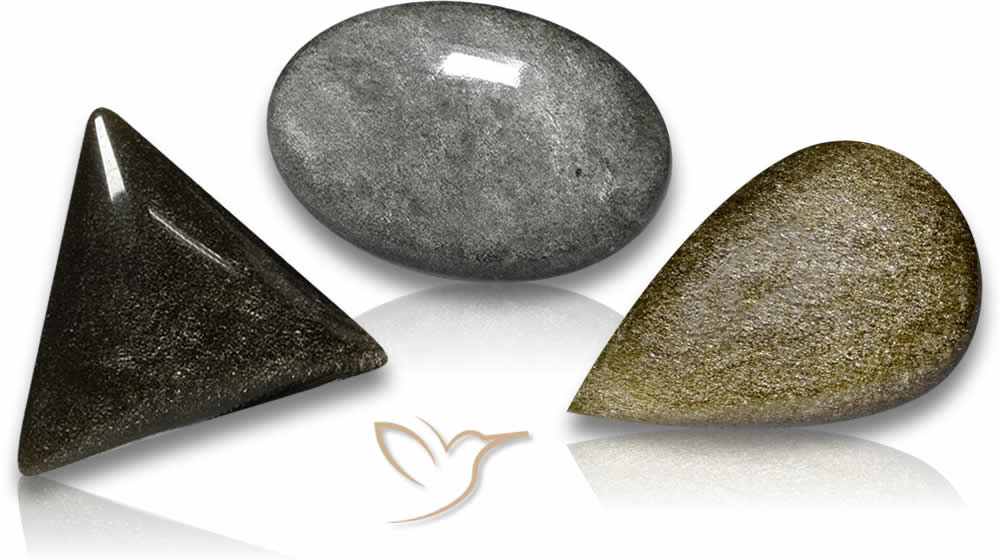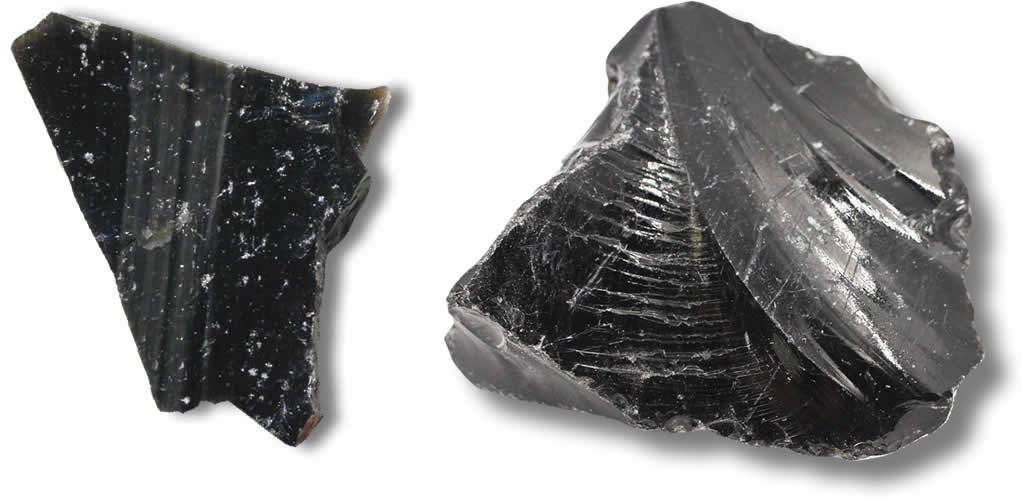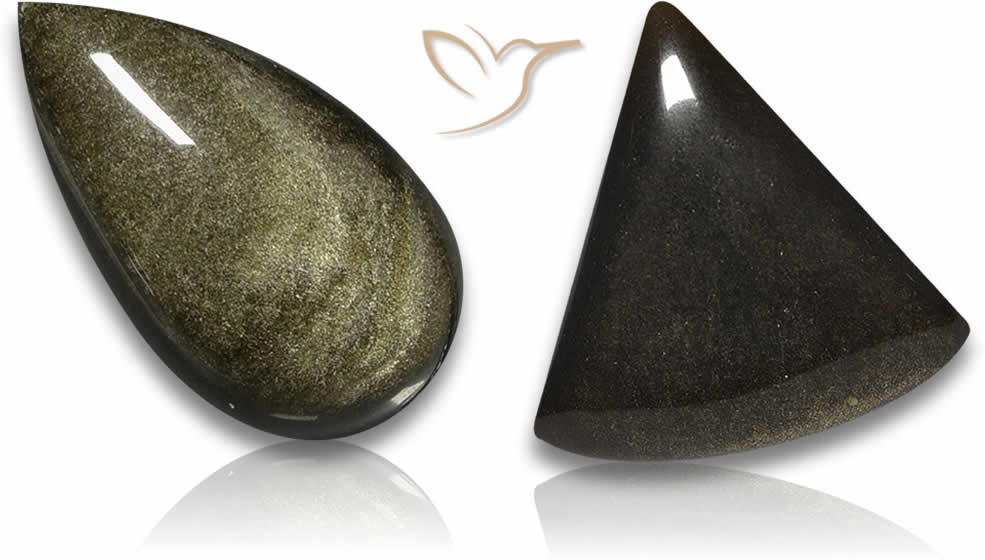Obsidian Volcanic Glass: Nature's Sharp Wonder

Welcome to our exploration of the fascinating material known as obsidian volcanic glass. This natural wonder is formed when lava rapidly cools, creating a smooth and shiny glass-like material.
Obsidian volcanic glass can come in a range of colors, including black, brown, and green. It is known for its sharp edges and smooth surface, making it a unique material with many practical and artistic applications.
Key Takeaways:
- Obsidian volcanic glass is a natural wonder formed from rapidly cooled lava.
- It is known for its sharp edges and smooth surface, making it a unique material.
- Obsidian volcanic glass can be found in a range of colors, including black, brown, and green.
- This material has many practical and artistic applications.
- Our exploration of obsidian volcanic glass will delve into its properties, uses, and potential benefits for holistic healing practices.
See our current stock of Obsidian for sale right here.
Properties of Obsidian Volcanic Glass
Obsidian volcanic glass showcases an array of unique properties that distinguish it from other materials. Its composition varies, depending on the specific type of obsidian, and ranges from 70 to 75 percent silicon dioxide, with smaller amounts of magnesium and iron oxides, and traces of other elements.
The density of obsidian volcanic glass varies between 2.4 to 2.6 grams per cubic centimeter, making it relatively lightweight compared to similarly-sized metal counterparts. Its hardness has a range of 5 to 5.5 on the Mohs scale, which is relatively low compared to other gemstones. However, despite its relatively low hardness, obsidian volcanic glass possesses extraordinary sharpness, making it valuable for certain applications.
One of the distinguishing volcanic glass properties is its conchoidal fracture, meaning it cracks along smooth, curved surfaces. This unique fracture pattern creates sharp edges when obsidian is chipped or broken, making it a valuable material for creating tools and weapons throughout history.
| Property | Description |
|---|---|
| Composition | 70-75% silicon dioxide, smaller amounts of magnesium and iron oxides, and traces of other elements |
| Density | 2.4-2.6 grams per cubic centimeter |
| Hardness | 5-5.5 Mohs scale |
| Fracture pattern | Conchoidal fracture pattern creates sharp edges when chipped or broken |
Virtually transparent in thin pieces, obsidian volcanic glass often displays a range of vivid colors and patterns, making it a popular material for decorative items and jewelry. While it lacks the fire and brilliance of gemstones, obsidian jewelry has its unique charm and character, particularly when paired with complementary stones and precious metals.
Overall, obsidian volcanic glass stands out as a material with fascinating properties, unique fracture patterns, and distinct sharpness, making it a fascinating natural wonder.
Uses of Obsidian Volcanic Glass

Obsidian volcanic glass has been used for various practical and artistic purposes for centuries. Its exceptional hardness and sharpness led to its extensive use as weaponry by ancient civilizations such as the Mayans and Aztecs. In modern times, obsidian has found its way into a range of industries due to its unique properties.
Medical Industry
The medical industry has made use of obsidian for its sharpness and precision in surgical instruments, such as scalpels. Apart from being incredibly sharp, obsidian is non-toxic and does not react with body fluids, making it ideal for medical applications.
Jewelry and Decorative Items
Obsidian's striking appearance makes it a popular choice for jewelry and decorative items. The natural volcanic glass is fashioned into beautiful necklaces, rings, earrings, and pendants, either on its own or combined with other materials such as silver and gold. Obsidian's unique shine, color, and texture make it a highly desirable material for both artisans and collectors.
Holistic Healing Practices
Many people believe that obsidian volcanic glass has healing properties that can boost emotional well-being and provide protection against negative energies. According to metaphysical practitioners, obsidian helps to release negative emotions such as anger, fear, and resentment, promoting a sense of inner peace and calm.
Industrial Uses
Obsidian's high silica content and low viscosity make it a useful material for the production of fiber optic cables. Silica is a crucial component of fiber optics, and its low viscosity helps to prevent light from scattering inside the cable, leading to better signal transmission. Obsidian has also found use in the manufacturing of high-pressure glass electrodes and in the production of high-strength concrete.
In conclusion, obsidian volcanic glass has a wide range of applications, ranging from ancient weaponry to modern-day industrial uses. Its sharpness, hardness, and unique appearance have made it a valuable and highly prized material throughout history.
The Beauty of Obsidian Jewelry
Obsidian volcanic glass has long been admired for its striking visual appeal. The unique properties of this material make it especially desirable for use in jewelry, where it can be fashioned into a wide variety of designs that showcase its natural beauty.
At its core, obsidian jewelry is all about contrast. The deep, rich black of the volcanic glass can be paired with shiny metal accents, bright gemstones, or other complementary colors and textures to create pieces that catch the eye and capture the imagination.
But the appeal of obsidian jewelry goes beyond just its aesthetic qualities. Many people also believe that this material has a range of metaphysical properties that can be beneficial for holistic healing practices. Some of the most commonly attributed healing properties of obsidian include:
"Obsidian is said to be a protective stone, helping to shield the wearer from negative energies and promoting a sense of inner strength and clarity. It is also believed to help release negative emotions and promote feelings of peace and balance."
| Metaphysical Properties of Obsidian | Potential Benefits |
|---|---|
| Protection | Shielding from negative energies |
| Emotional Healing | Release of negative emotions, promotion of peace and balance |
| Grounding | Connection to the earth, promotion of stability and security |
Whether you're drawn to obsidian jewelry for its striking beauty or its potential healing properties, there's no denying the allure of this unique material. From simple, elegant statement pieces to more elaborate designs featuring intricate patterns and stunning gemstones, obsidian jewelry offers something for everyone who appreciates the arresting beauty of natural volcanic glass.
Obsidian Volcanic Glass in Everyday Life
Obsidian volcanic glass isn't just a fascinating material with unique properties; it also has the potential to improve our daily lives in several ways. Below, we will explore some of the benefits of incorporating obsidian into our routines:
Emotional Well-being
Many believe that obsidian has healing properties that can aid in emotional and spiritual healing. It has been said to help alleviate feelings of anger, resentment, and fear, promoting self-control and inner peace. Some even use it as a tool for grounding during meditation or spiritual practices.
Protection Against Negative Energies
Obsidian is believed to have a protective quality that can block negative energies and psychic attacks. Its sharp edges are said to help cut cords and release negative attachments, making it a popular choice for personal protection.
Other Benefits
Obsidian is also believed to have other benefits, such as improving digestion and circulation, reducing stress and anxiety, and promoting better sleep. While more research is needed to confirm these claims, many find the use of obsidian to be a valuable addition to their overall wellness routine.
Conclusion

As we conclude our exploration of obsidian volcanic glass, we are left in awe of the natural wonder that it is. We have learned about its unique properties, origins, and the many uses that have made it a valuable resource throughout history and to this day.
From art to medicine, obsidian volcanic glass has enriched many areas of our lives. Its beauty has inspired creativity, its sharpness has served practical purposes, and its potential metaphysical properties have offered potentially beneficial effects for emotional well-being and spiritual practices.
As we continue to appreciate the beauty and functionality of obsidian volcanic glass, we are reminded of the vast capabilities of nature. Its wonders and resources continue to fascinate and enrich us, and we look forward to discovering more about the natural world and all it has to offer.
FAQ
What is obsidian volcanic glass?
Obsidian volcanic glass is a natural material formed from rapidly cooling lava. It is a type of volcanic glass that is rich in silica and lacks crystal structure, giving it a smooth, shiny appearance.
What are the properties of obsidian volcanic glass?
Obsidian volcanic glass has several notable properties. It is extremely hard and brittle, with a sharpness that rivals that of surgical scalpels. Obsidian is also dense, with a specific gravity ranging from 2.4 to 2.5.
What are the uses of obsidian volcanic glass?
Obsidian volcanic glass has been used for various purposes throughout history. In ancient times, it was used to create tools and weapons due to its sharpness. Today, it is commonly used in jewelry-making, as well as for decorative objects and ornaments.
Why is obsidian jewelry popular?
Obsidian jewelry is popular for several reasons. Its unique appearance, with its dark and glossy surface, makes it a striking choice for accessories. Additionally, obsidian is believed to have metaphysical properties that promote grounding, protection, and emotional healing.
What are the benefits of obsidian volcanic glass?
Obsidian volcanic glass is believed to have various benefits. It is said to help release negative energy, promote clarity of thought, and aid in emotional healing. Some people also use obsidian for meditation and protection against psychic attacks.

